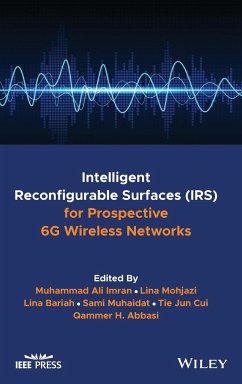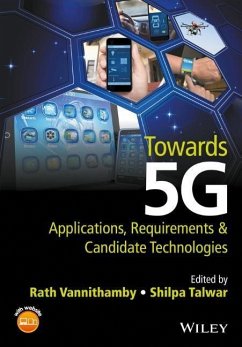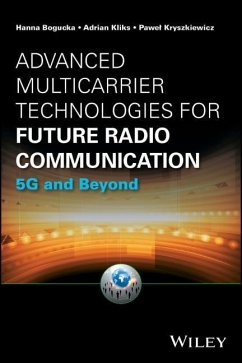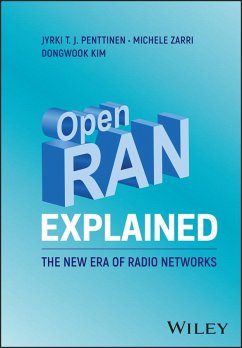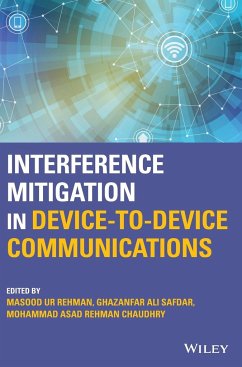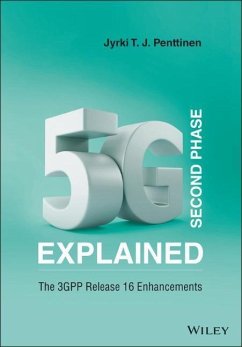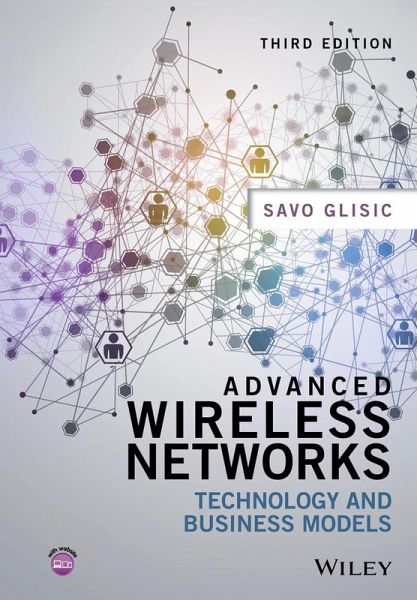
Advanced Wireless Networks
Technology and Business Models
The third edition of this popular reference covers enabling technologies for building up 5G wireless networks. Due to extensive research and complexity of the incoming solutions for the next generation of wireless networks it is anticipated that the industry will select a subset of these results and leave some advanced technologies to be implemented later,. This new edition presents a carefully chosen combination of the candidate network architectures and the required tools for their analysis. Due to the complexity of the technology, the discussion on 5G will be extensive and it will be diffic...
The third edition of this popular reference covers enabling technologies for building up 5G wireless networks. Due to extensive research and complexity of the incoming solutions for the next generation of wireless networks it is anticipated that the industry will select a subset of these results and leave some advanced technologies to be implemented later,. This new edition presents a carefully chosen combination of the candidate network architectures and the required tools for their analysis. Due to the complexity of the technology, the discussion on 5G will be extensive and it will be difficult to reach consensus on the new global standard. The discussion will have to include the vendors, operators, regulators as well as the research and academic community in the field. Having a comprehensive book will help many participants to join actively the discussion and make meaningful contribution to shaping the new standard.






